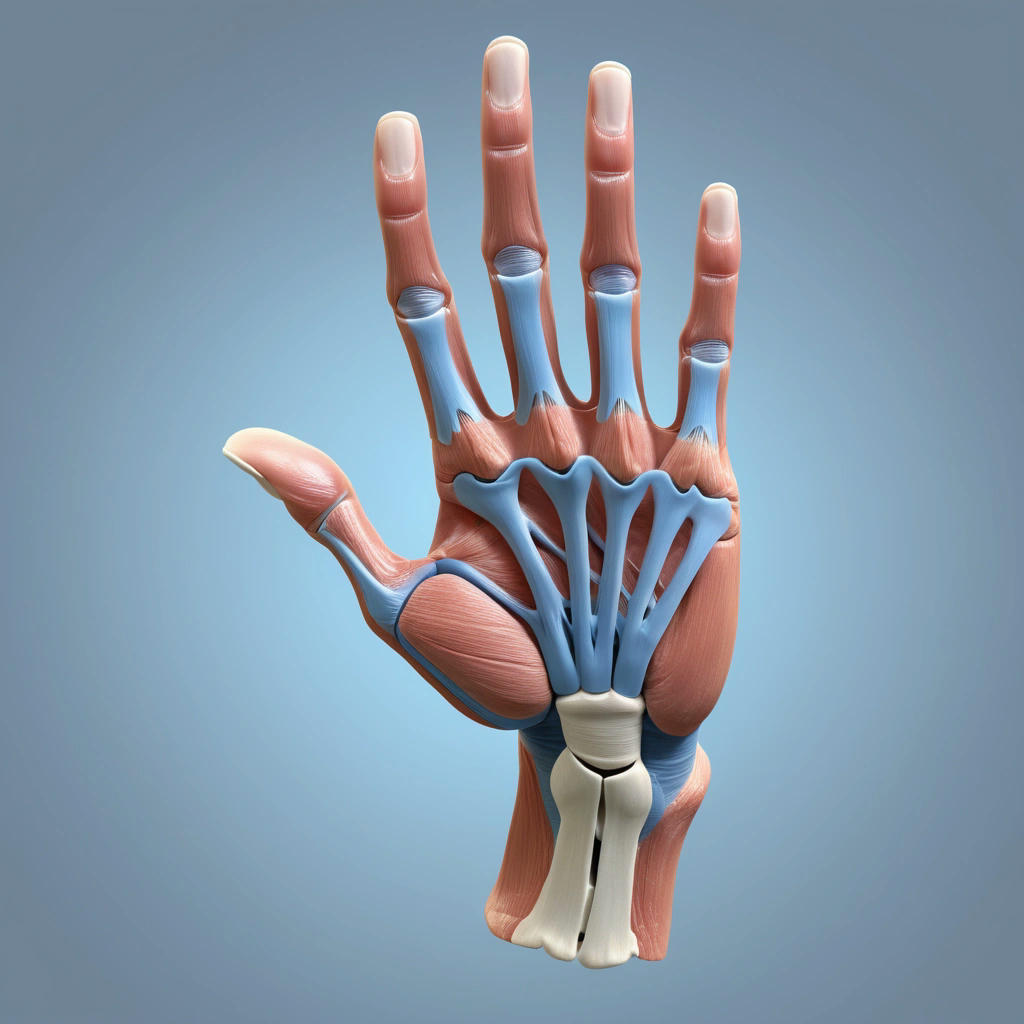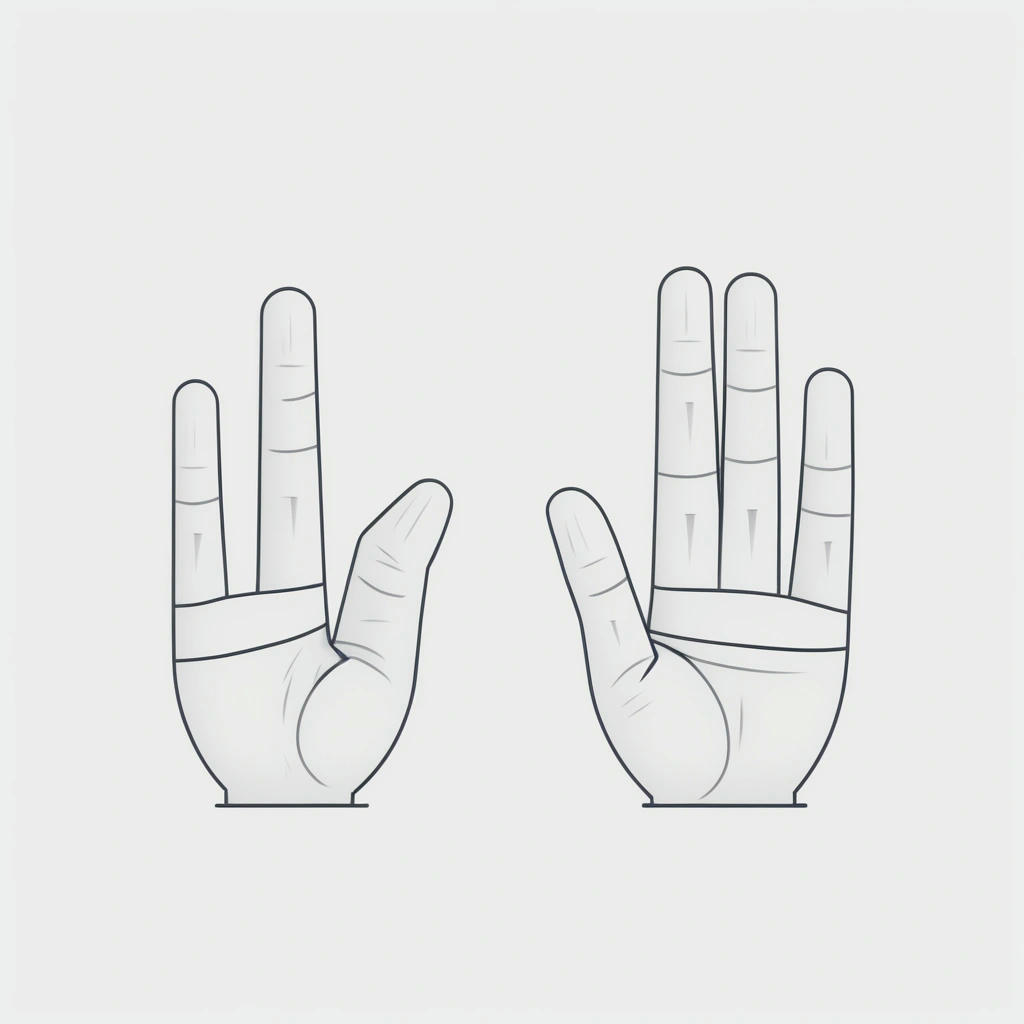Drawing hands can be a daunting task, even for experienced artists. The intricate details, complex anatomy, and expressive gestures of the human hand can make it a challenging subject to master. However, with practice, patience, and a solid understanding of the basics, you can learn to draw hands that are both realistic and captivating. In this guide, we'll take you through the essential tips, techniques, and tricks to help you improve your hand-drawing skills.
Understanding Hand Anatomy
Before you start drawing, it's essential to understand the basic anatomy of the hand. The hand consists of 27 bones, including the carpal bones in the wrist, the metacarpal bones in the palm, and the phalanges in the fingers. The hand is also made up of muscles, tendons, and ligaments that work together to provide flexibility and movement.
Basic Hand Shapes
When drawing hands, it's helpful to break down the complex anatomy into simpler shapes. The hand can be divided into three main sections: the palm, the fingers, and the wrist.
The palm is roughly oval in shape, with a slight curvature to accommodate the natural cupping of the hand.
The fingers are long, cylindrical shapes that taper towards the tips.
The wrist is a narrow, cylindrical shape that connects the hand to the forearm.
Proportions and Measurements
Getting the proportions and measurements of the hand correct is crucial for a realistic drawing. Here are some general guidelines to follow:
The length of the hand from the wrist to the tip of the middle finger is roughly equal to the length of the face.
The width of the hand is about one-third of the length.
The fingers are roughly equal in length, with the middle finger being the longest.
The thumb is about half the length of the index finger.
Drawing Hands in Different Poses
Drawing hands in different poses can add variety and interest to your artwork. Here are some tips for drawing hands in common poses:
Relaxed Hand: A relaxed hand is characterized by a gentle curve of the fingers and a slight rotation of the wrist.
Clenched Fist: A clenched fist is characterized by a tight, compact shape with the fingers curled inward.
Pointing Hand: A pointing hand is characterized by an extended index finger and a slight rotation of the wrist.
Adding Details and Texture
Once you have the basic shape and pose of the hand correct, you can start adding details and texture. Here are some tips:
Fingernails: Fingernails are small, oval-shaped, and slightly curved.
Wrinkles and Creases: Wrinkles and creases can add depth and character to your hand drawing. Pay attention to the natural folds and creases in the skin.
Veins and Tendons: Veins and tendons can add a sense of realism to your hand drawing. Use subtle lines and shading to suggest their presence.
Common Mistakes to Avoid
When drawing hands, it's easy to fall into common mistakes that can detract from the overall realism of your artwork. Here are some mistakes to avoid:
Overly Simplified Fingers: Avoid simplifying the fingers into straight, uniform shapes. Instead, pay attention to the natural curves and tapering of the fingers.
Incorrect Proportions: Make sure to get the proportions and measurements of the hand correct to avoid a drawing that looks unnatural or distorted.
Lack of Detail: Avoid neglecting the details and texture of the hand, as this can make your drawing look flat and uninteresting.
By following these tips, techniques, and tricks, you can improve your hand-drawing skills and create realistic, captivating artwork. Remember to practice regularly, and don't be afraid to experiment and try new things. With patience and dedication, you can master the art of drawing hands.


